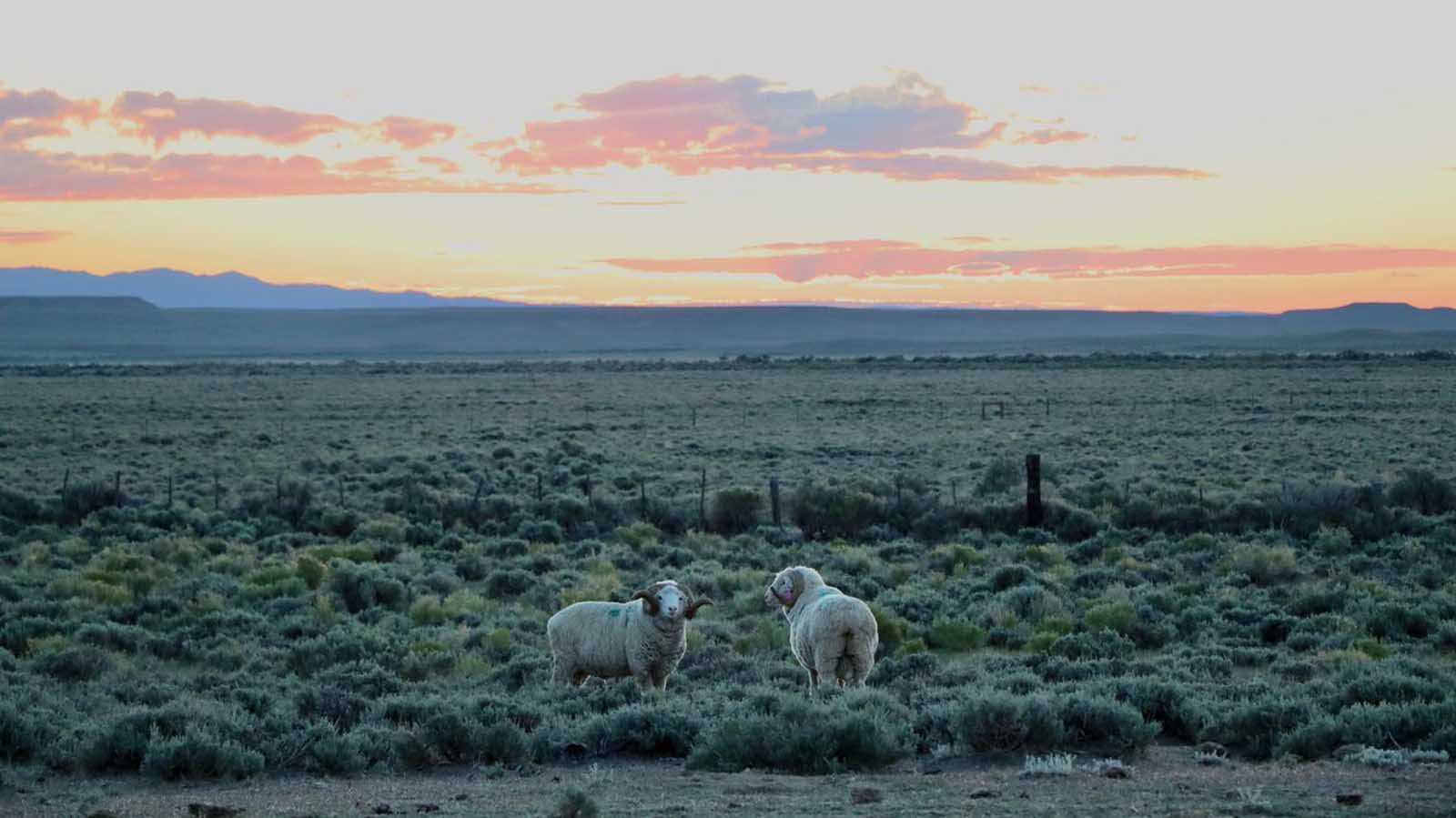If you’ve ever dreamed of owning a piece of land so vast it dwarfs entire U.S. states, here’s your chance.
Nestled in Wyoming, the Midland Ranch is bigger than all of New York City and Delaware combined—and it’s now up for grabs for $22 million.
This isn’t just any property; it’s been in the same family since 1909, holding more than a century’s worth of history, tradition, and cowboy grit.
But while the total land connected to the ranch spans an astonishing 1.15 million acres, not all of it comes with the deed.
What’s Really for Sale
The official deed covers 5,880 acres, but the sale could also include leases from the Bureau of Land Management and the state of Wyoming for the surrounding land.
Buyers have the option to snap up the whole ranch or purchase one of five smaller sections, with prices starting at $1 million.
Three of these units are near Boulder, in southwest Wyoming, offering lush summer pastures, prime fisheries, extensive water rights, and even a rock-climbing paradise at Prospect Mountain.
There’s also the possibility of a dream home site along the peaceful Little Sandy River.
Breaking Down the Land
The fourth unit sits further east, between Pinedale and Rock Springs.
This is the largest section and includes leased grazing land from the Bureau of Land Management.
The fifth unit, located south of Rock Springs near the Colorado and Utah borders, covers the winter pastures.
Broker Court Merrigan says the possibilities for building a home here are endless—whether you want mountain views, river access, or a spot near a reservoir, the choice is yours.
Life on the Ranch
Right now, the Midland Ranch has two seasonal residences in the Prospect Mountains for summer stays, plus functional ranch buildings like bunkhouses, barns, workshops, and weathered-wood corrals.
A historic sheep-shearing shed also stands as a nod to its agricultural roots.
The property is still owned by Pete and Sue Aramel, third-generation sheep and cattle ranchers descended from French Basque immigrants.
Their family brought the traditional transhumance method of herding—moving livestock over 100 miles between summer and winter pastures—to Wyoming, keeping alive a ranching style that’s now rare in the American West.
A Playground for the Outdoors
Beyond its agricultural use, the land offers world-class fishing along private stretches of the Big Sandy River and Little Sandy Creek.
Hunting opportunities are unmatched, with more than 15,000 antelope roaming the land, alongside elk and deer.
Merrigan says the property’s size and careful management mean wildlife thrives here, moving in harmony with the seasons and the land’s natural rhythms.
Water Rights That Date Back to the Wild West
The ranch’s water rights predate Wyoming’s statehood, going back to territorial days.
Over generations, the Aramel family expanded and engineered the water system to sustain the land, even in the drier southern sections.
Today, livestock have easy access to a network of wells and a lush oasis along the river.
Trails, Outlaws, and Pony Express Roots
This land isn’t just big—it’s steeped in history. Sections of both the Oregon and Mormon Trails cut through the property, making it a crossroads for pioneers heading to Oregon, Utah, or California.
It also has an outlaw past—part of the infamous Outlaw Trail once used by bandits like Butch Cassidy.
The area was remote and had a fresh water stream, perfect for hiding out after stagecoach raids.
Even before that, around 1860, the site hosted cabins that served as a remount station for the Pony Express.
French Basque immigrant John Aramel homesteaded the land in 1909, setting the stage for the family’s century-long stewardship.
Why It’s Truly One of a Kind
From its sheer scale to its preserved traditions, natural resources, and historical significance, Midland Ranch is a rare find.
As Merrigan puts it, “I know everyone always says that, but this is truly one-of-a-kind.”
It’s not just a property—it’s a living piece of the American West, ready for the next chapter in its long story.
